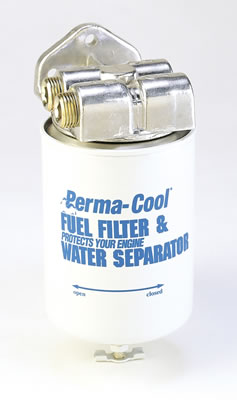16
Other Slow Speed Diesels / Re: fuel limiting adjuster
« on: September 14, 2007, 05:24:27 PM »
The fuel limit adjustment is used to prevent wasted fuel when the engine is overloaded. It is not directly related to the fuel delivery valve. Here is how I suggest you adjust for maximum fuel delivery with a minimum of waste.
Start the engine, and load it down until it starts to emit black smoke. Any further fuel added will just be wasted. Turn the fuel limiting adjuster in until the black smoke almost goes away.
For reference, here is what the fuel delivery valve and spring looks like on my Changfa 195:

I don't have a good picture of the fuel limit adjuster, but here is where it screws onto the engine. The red line points to the injector pump plunger. The green line points to the governor fork. The fuel limit adjustment screw sets the maximum amount of travel for the governor fork.

Start the engine, and load it down until it starts to emit black smoke. Any further fuel added will just be wasted. Turn the fuel limiting adjuster in until the black smoke almost goes away.
For reference, here is what the fuel delivery valve and spring looks like on my Changfa 195:

I don't have a good picture of the fuel limit adjuster, but here is where it screws onto the engine. The red line points to the injector pump plunger. The green line points to the governor fork. The fuel limit adjustment screw sets the maximum amount of travel for the governor fork.











